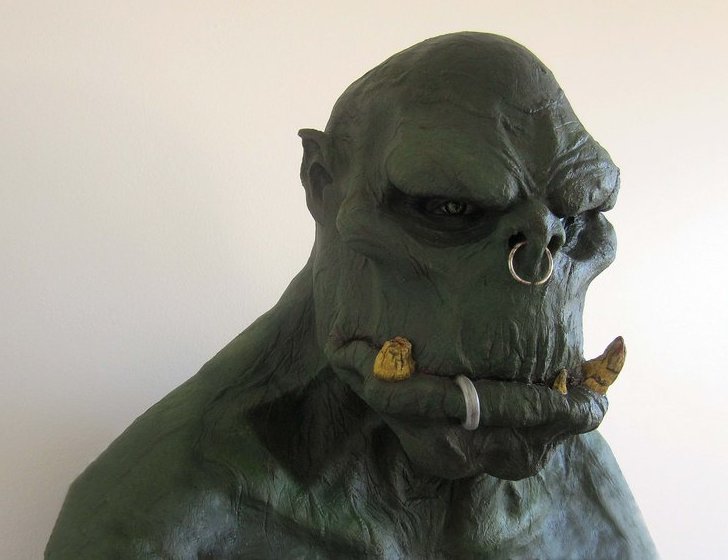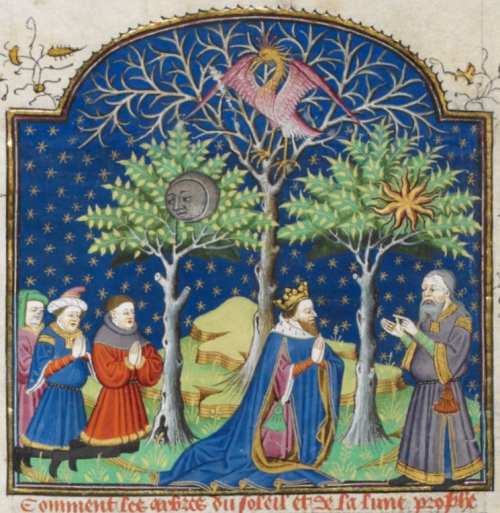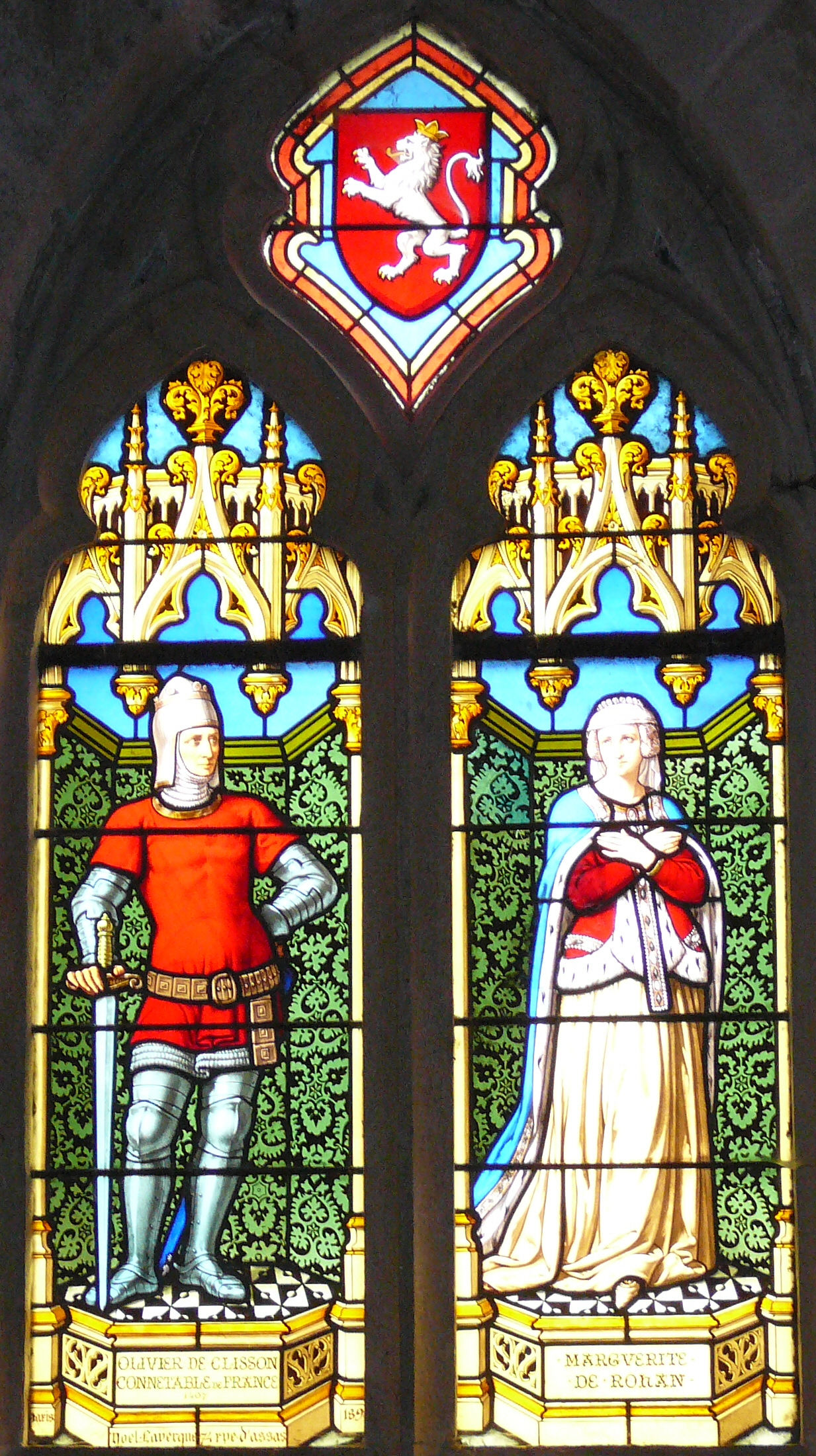|
Battle For Middle-earth
''The Lord of the Rings: The Battle for Middle-earth'' is a 2004 real-time strategy video game developed by EA Los Angeles for Microsoft Windows. The first part of the Middle-earth strategy game, It is based on Peter Jackson's ''The Lord of the Rings'' film trilogy, in turn based on J. R. R. Tolkien's original novel. The game uses short video clips from the movies and a number of the voice actors, including the hobbits and wizards. It uses the SAGE engine. The sequel, '' The Lord of the Rings: The Battle for Middle-earth II'', was released on March 2, 2006. The official game servers for ''The Battle for Middle-earth'' were permanently closed on December 31, 2010 by EA Games, due to the expiration of ''The Lord of the Rings'' video game license, however the players can still play it online using unofficial game servers. Gameplay ''The Battle for Middle-earth'' is a real-time strategy game. Warring factions gather resources, then use them to construct military bases and armies ... [...More Info...] [...Related Items...] OR: [Wikipedia] [Google] [Baidu] |
EA Los Angeles
Danger Close Games (formerly DreamWorks Interactive LLC and EA Los Angeles) was an American video game developer based in Los Angeles. The company was founded in March 1995 as joint venture between DreamWorks SKG and Microsoft (later moved to Microsoft Games) under the name DreamWorks Interactive, with studios in Redmond, Washington, and Los Angeles. In February 2000, the Los Angeles studio of DreamWorks Interactive was acquired by Electronic Arts and renamed EA Los Angeles, and to Danger Close Games in 2010. The studio's sole responsibility after 2010 was to develop games in the ''Medal of Honor'' franchise. When the series was put on hold in January 2013, Danger Close was shut down, with some staff moving on to DICE LA (now Ripple Effect Studios), a Los Angeles studio of DICE, another subsidiary of Electronic Arts. History As DreamWorks Interactive (1995–2000) DreamWorks SKG and Microsoft announced on March 22, 1995, that they were establishing a videogame developme ... [...More Info...] [...Related Items...] OR: [Wikipedia] [Google] [Baidu] |
Wizard (Middle-Earth)
The Wizards or Istari in J. R. R. Tolkien's fiction were powerful angelic beings, Maiar, who took the form of Men to intervene in the affairs of Middle-earth in the Third Age, after catastrophically violent direct interventions by the Valar, and indeed by the one god Eru Ilúvatar, in the earlier ages. Two Wizards, Gandalf the Grey and Saruman the White, largely represent the order, though a third Wizard, Radagast, appears briefly. Saruman is installed as the head of the White Council, but falls to the temptation of power. He imitates and is to an extent the double of the Dark Lord Sauron, only to become his unwitting servant. Gandalf ceaselessly assists the Company of the Ring in their quest to destroy the Ring and defeat Sauron. He forms the double of Saruman, as Saruman falls and is destroyed, while Gandalf rises and takes Saruman's place as the White Wizard. Gandalf resembles the Norse god Odin in his guise as Wanderer. He has been described as a figure of Christ. All thr ... [...More Info...] [...Related Items...] OR: [Wikipedia] [Google] [Baidu] |
Experience Points
An experience point (often abbreviated as exp or XP) is a unit of measurement used in some tabletop role-playing games (RPGs) and role-playing video games to quantify a player character's life experience and progression through the game. Experience points are generally awarded for the completion of missions, overcoming obstacles and opponents, and successful role-playing. In many RPGs, characters start as fairly weak and untrained. When a sufficient amount of experience is obtained, the character "levels up", achieving the next stage of character development. Such an event usually increases the character's statistics, such as maximum health, magic and strength, and may permit the character to acquire new abilities or improve existing ones. Levelling up may also give the character access to more challenging areas or items. In some role-playing games, particularly those derived from ''Dungeons & Dragons'', experience points are used to improve characters in discrete experience lev ... [...More Info...] [...Related Items...] OR: [Wikipedia] [Google] [Baidu] |
Rock-paper-scissors
Rock paper scissors (also known by other orderings of the three items, with "rock" sometimes being called "stone," or as Rochambeau, roshambo, or ro-sham-bo) is a hand game originating in China, usually played between two people, in which each player simultaneously forms one of three shapes with an outstretched hand. These shapes are "rock" (a closed fist), "paper" (a flat hand), and "scissors" (a fist with the index finger and middle finger extended, forming a V). "Scissors" is identical to the two-fingered V sign (also indicating "victory" or "peace") except that it is pointed horizontally instead of being held upright in the air. A simultaneous, zero-sum game, it has three possible outcomes: a draw, a win or a loss. A player who decides to play rock will beat another player who has chosen scissors ("rock crushes scissors" or "breaks scissors" or sometimes "blunts scissors"), but will lose to one who has played paper ("paper covers rock"); a play of paper will lose to a play of ... [...More Info...] [...Related Items...] OR: [Wikipedia] [Google] [Baidu] |
Troll (Middle-earth)
Trolls are fictional characters in J. R. R. Tolkien's Middle-earth, and feature in films and games adapted from his novels. They are portrayed as Tolkien's monsters, monstrously large humanoids of great strength and poor intellect. In ''The Hobbit'', like the dwarf Alviss of Norse mythology, they must be below ground before dawn or turn to stone, whereas in ''The Lord of the Rings'' they are able to face daylight. Commentators have noted the different uses Tolkien made of trolls, from comedy in Sam Gamgee's poem and the Cockney accents and table manners of the working-class trolls in ''The Hobbit'', to the hellish atmosphere in Moria (Middle-earth), Moria as the protagonists are confronted by darkness and monsters. Tolkien, a Roman Catholic, drew back from giving trolls the power of speech, as he had done in ''The Hobbit'', as it implied to him that they had souls, so he made the trolls in ''The Silmarillion'' and ''The Lord of the Rings'' darker and more bestial. They were suppos ... [...More Info...] [...Related Items...] OR: [Wikipedia] [Google] [Baidu] |
Mûmakil
In J. R. R. Tolkien's high fantasy ''The Lord of the Rings'', Harad is the immense land south of Gondor and Mordor. Its main port is Umbar, the base of the Corsairs of Umbar whose ships serve as the Dark Lord Sauron's fleet. Its people are the dark-skinned Haradrim or Southrons; their warriors wear scarlet and gold, and are armed with swords and round shields; some ride gigantic elephants called ''mûmakil''. Tolkien based the Haradrim on ancient Aethiopians, people of Sub-Saharan Africa, following his philological research on the Old English word '' Sigelwara''. He deduced that this word referred to some kind of soot-black fire demon before it was applied to the Aethiopians. He based the Haradrim's use of war elephants, meanwhile, on that of Pyrrhus of Epirus in his war against Ancient Rome. Critics have debated whether Tolkien was racist in making the protagonists white and the antagonists black, but others have noted that Tolkien showed anti-xenophobic sentiments in real ... [...More Info...] [...Related Items...] OR: [Wikipedia] [Google] [Baidu] |
Haradrim
In J. R. R. Tolkien's high fantasy ''The Lord of the Rings'', Harad is the immense land south of Gondor and Mordor. Its main port is Umbar, the base of the Corsairs of Umbar whose ships serve as the Dark Lord Sauron's fleet. Its people are the dark-skinned Haradrim or Southrons; their warriors wear scarlet and gold, and are armed with swords and round shields; some ride gigantic elephants called ''mûmakil''. Tolkien based the Haradrim on ancient Aethiopians, people of Sub-Saharan Africa, following his philological research on the Old English word '' Sigelwara''. He deduced that this word referred to some kind of soot-black fire demon before it was applied to the Aethiopians. He based the Haradrim's use of war elephants, meanwhile, on that of Pyrrhus of Epirus in his war against Ancient Rome. Critics have debated whether Tolkien was racist in making the protagonists white and the antagonists black, but others have noted that Tolkien showed anti-xenophobic sentiments in real li ... [...More Info...] [...Related Items...] OR: [Wikipedia] [Google] [Baidu] |
Mordor
In J. R. R. Tolkien's fictional world of Middle-earth, Mordor (pronounced ; from Sindarin ''Black Land'' and Quenya ''Land of Shadow'') is the realm and base of the evil Sauron. It lay to the east of Gondor and the great river Anduin, and to the south of Mirkwood. Mount Doom, a volcano in Mordor, was the goal of the Fellowship of the Ring (characters), Fellowship of the Ring in the quest to destroy the One Ring. Mordor was surrounded by three mountain ranges, to the north, the west, and the south. These both protected the land from invasion and kept those living in Mordor from escaping. Commentators have noted that Mordor was influenced by Tolkien's own experiences in the industrial Black Country of the English Midlands, and by his time fighting in the trenches of the Western Front (World War I), Western Front in the First World War. Another forerunner that Tolkien was very familiar with is the account of the monster Grendel's unearthly landscapes in the Old English poem ''Beow ... [...More Info...] [...Related Items...] OR: [Wikipedia] [Google] [Baidu] |
Isengard
In J. R. R. Tolkien's fantasy writings, Isengard () is a large fortress in Nan Curunír, the Wizard's Vale, in the western part of Middle-earth. In the fantasy world, the name of the fortress is described as a translation of Angrenost, a word in the elvish language, Sindarin, that Tolkien invented. (In fact it is an Old English word meaning "iron enclosure".) In ''The Lord of the Rings'', Orthanc, a tower at the centre of Isengard, is the home of the Wizard Saruman. He had been ensnared by the Dark Lord Sauron through the tower's '' palantír'', a far-seeing crystal ball able to communicate with others like it. Saruman had bred Orcs in Isengard, in imitation of Sauron's forces, to be ready for war with Rohan. The Orcs cut down many trees in the forest of the Ents, who retaliated by destroying Isengard while the army of Orcs was away attacking Rohan at Helm's Deep. However, the Ents were unable to harm the tower of Orthanc. Saruman, isolated in the tower, was visited by some ... [...More Info...] [...Related Items...] OR: [Wikipedia] [Google] [Baidu] |
Uruk-hai
An Orc (or Ork) is a fictional humanoid monster like a goblin. Orcs were brought into modern usage by the fantasy writings of J. R. R. Tolkien, especially ''The Lord of the Rings''. In Tolkien's works, Orcs are a brutish, aggressive, ugly, and malevolent race of monsters, contrasting with the benevolent Elves. There is a suggestion, among several somewhat contradictory origin stories, that they are a corrupted race of elves. Mythological monsters with names similar to "orc" can be found in the Old English poem ''Beowulf'', in Early Modern poetry, and in Northern European folk tales and fairy tales. Tolkien stated that he took the name from ''Beowulf''. The orc appears on lists of imaginary creatures in two of Charles Kingsley's mid-1860s novels. Tolkien's concept of orcs has been adapted into the fantasy fiction of other authors, and into games of many different genres such as ''Dungeons & Dragons'', ''Magic: The Gathering'', and ''Warcraft''. Etymology Old English ... [...More Info...] [...Related Items...] OR: [Wikipedia] [Google] [Baidu] |
Gondor
Gondor is a fictional kingdom in J. R. R. Tolkien's writings, described as the greatest realm of Man (Middle-earth), Men in the west of Middle-earth at the end of the Third Age. The third volume of ''The Lord of the Rings'', ''The Return of the King'', is largely concerned with the events in Gondor during the War of the Ring and with the restoration of the realm afterward. The history of the kingdom is outlined in the appendices of the book. Gondor was founded by the brothers Isildur and Anárion, exiles from the downfallen island kingdom of Númenor. Along with Arnor in the north, Gondor, the South-kingdom, served as a last stronghold of the Dúnedain, Men of the West. After an early period of growth, Gondor gradually declined as the Third Age progressed, being continually weakened by internal strife and conflict with the allies of the Dark Lord Sauron. By the time of the War of the Ring, the throne of Gondor is empty, though its principalities and fiefdoms still pay deference ... [...More Info...] [...Related Items...] OR: [Wikipedia] [Google] [Baidu] |
Rohan (Middle-earth)
Rohan is a fictional kingdom of Men in J. R. R. Tolkien's fantasy setting of Middle-earth. Known for its horsemen, the Rohirrim, Rohan provides its ally Gondor with cavalry. Its territory is mainly grassland. The Rohirrim call their land the Mark or the Riddermark, names recalling that of the historical kingdom of Mercia, the region of Western England where Tolkien lived. Tolkien grounded Rohan in elements inspired by Anglo-Saxon tradition, poetry, and linguistics, specifically in its Mercian dialect, in everything but its use of horses. Tolkien used Old English for the kingdom's language and names, pretending that this was in translation of Rohirric. Meduseld, the hall of King Théoden, is modelled on Heorot, the great hall in ''Beowulf''. Within the plot of ''The Lord of the Rings'', Rohan plays a critical role in the action—first against the wizard Saruman in the Battle of the Hornburg, then in the climactic Battle of the Pelennor Fields. There, Théoden leads the Rohirri ... [...More Info...] [...Related Items...] OR: [Wikipedia] [Google] [Baidu] |

.jpg)
%2C_Japanese_rock-paper-scissors_variant%2C_from_the_Kensarae_sumai_zue_(1809).jpg)






